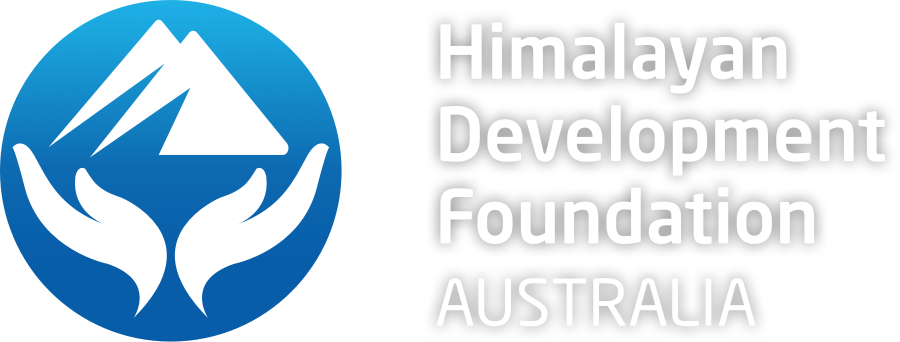In 2007, and again in 2014 the World Bank reported that despite improvements in basic access to education in Nepal, especially for girls and children in ‘the most backwards regions of the country’ in the Mid-West and Far-West, schooling remains poor. Nepal’s primary school completion rates have improved significantly from only 38 per cent in 2003/04 to around 70% in 2012. Still, almost a million children have never enrolled or have dropped out of school.
Average learning levels in Nepal are low, with a large number of primary-school students mastering little more than basic literacy and numeracy. Data averages for Nepal as a whole include the many private schools and higher quality public schools located in the Central Region, around Kathmandu. Consequently they tend to overstate the performance and opportunities for children in rural, and especially remote areas. Mean student achievement in English, Nepali and Mathematics are lower in Eastern Nepal than every region except the most disadvantaged Far-Western region.
The children of the mountains perhaps face even greater obstacles than their peers in towns, cities and more accessible lands. These obstacles relate to the difficulty for students of accessing school, limited resources due to difficulties in transporting materials to the school (e.g. only traditional building materials and energy resources, limited teaching resources), limited communications (e.g. expensive satellite phone) and the relative isolation for teachers and students from their families and friends.
HDFA aims to improve access to schooling, improve the quality of teaching and learning and community engagement in and through schools and education.

